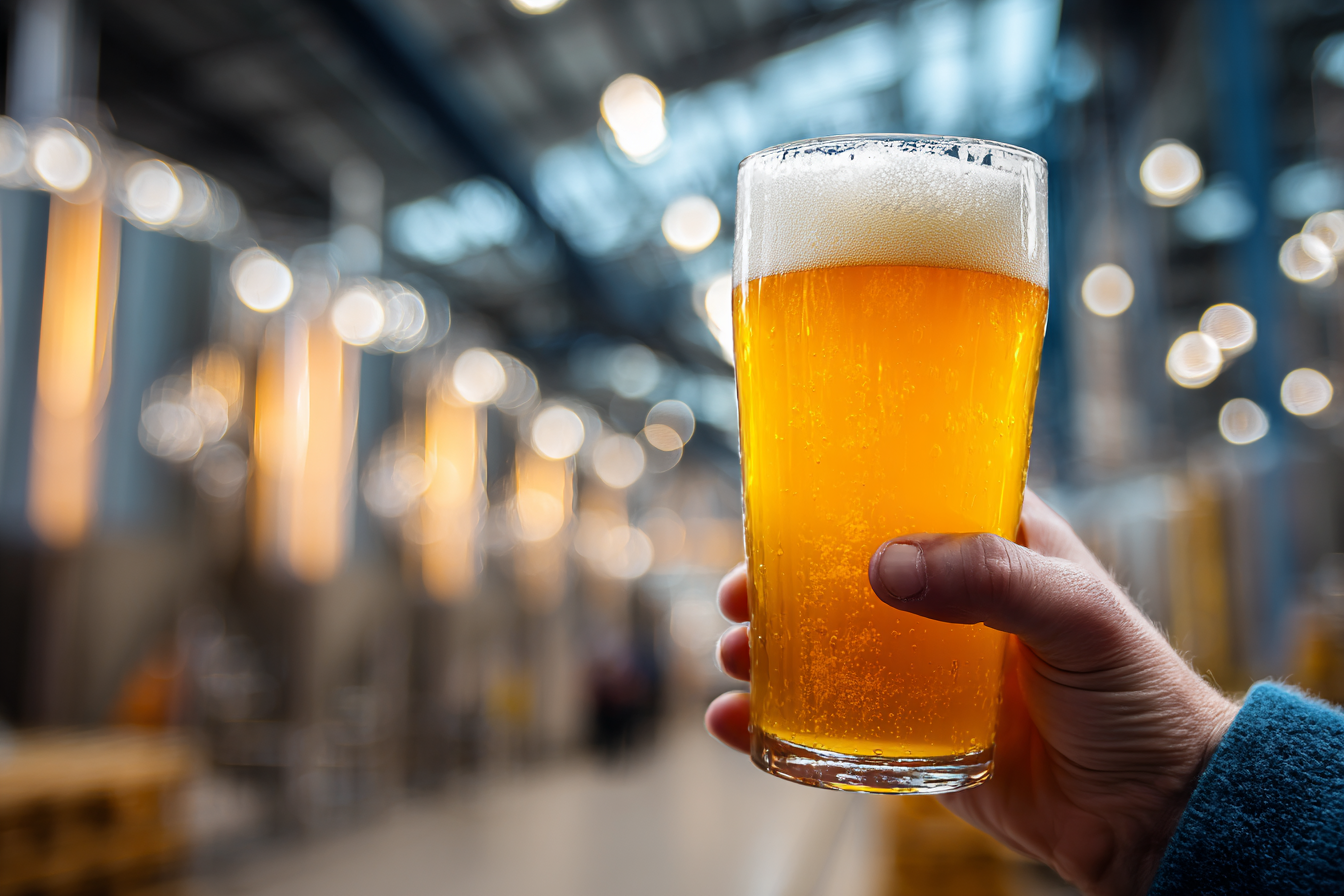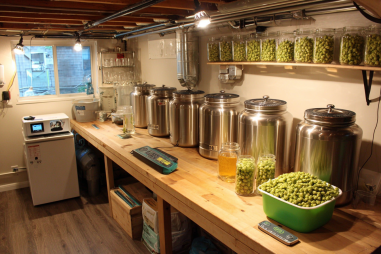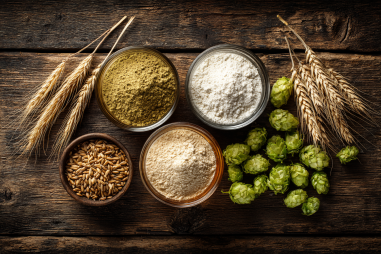Double IPAs have carved out a unique place in the world of craft beer, celebrated for their bold flavors and notably higher alcohol content than traditional India Pale Ales. For beer lovers intrigued by what sets Double IPAs apart, understanding their alcohol strength and how it impacts flavor and overall drinking experience is essential. In this article, we’ll dive into the typical alcohol content of Double IPAs, explore how that strength shapes the beer’s flavor profile, and offer insights for both brewers and drinkers to appreciate these potent brews responsibly.
What Defines the Alcohol Levels in Double IPAs?
The term “Double IPA” (sometimes called Imperial IPA) signals a beer that ramps up nearly every aspect of a traditional IPA — especially in terms of its alcohol by volume (ABV). Whereas a standard IPA usually falls within the range of 5% to 7.5% ABV, Double IPAs typically boast significantly higher alcohol content. This elevated strength comes from using more malt and hops during the brewing process, which results in a beer that’s richer, more robust, and often more complex.
Alcohol content in beer is measured as ABV, indicating the percentage of alcohol in the total volume of liquid. The “double” in Double IPA doesn’t just mean double the hops or malt — it specifically refers to the higher gravity of the wort before fermentation, which leads to a stronger beer after fermentation completes. This means that Double IPAs aren’t just stronger by name but have a tangible increase in their alcohol levels that influences every aspect of the beer.
Average ABV Range for Double IPAs and How They Compare
On average, Double IPAs typically range from about 7.5% to 10% ABV, though some can even push past 10% for an imperial-strength punch. This contrasts with most standard IPAs, which generally rest between 5% and 7.5%. The leap in alcohol content is quite significant and can change the consumer’s drinking experience considerably.
Here’s a quick comparison:
- Standard IPA: 5.0% – 7.5% ABV
- Double IPA: 7.5% – 10.0%+ ABV
This higher range is typically achieved by adding more malt to boost the beer’s fermentable sugars, giving yeast more “fuel” to create alcohol. Brewers also balance this out with increased hopping rates to maintain the signature bitterness and aroma IPAs are known for. The combination means Double IPAs are often richer and more complex than their single counterparts.
How Alcohol Strength Influences Flavor and Aroma
Alcohol is not just a contributing factor to the strength of a beer but plays a crucial part in its flavor and aroma profile. In Double IPAs, the increased alcohol content can add warmth and a slight sweetness that balances or enhances the hop bitterness and malt backbone.
Here are some ways alcohol strength impacts taste and sensory experience:
- Perceived Warmth: The higher ABV creates a warming sensation in the mouth and throat, which can give the beer a comforting, full-bodied feel.
- Mouthfeel and Body: Elevated alcohol levels tend to increase the viscosity, giving Double IPAs a richer, more substantial mouthfeel compared to lighter IPAs.
- Flavor Complexity: Alcohol can carry and intensify aromas, allowing the hop character to shine alongside malt sweetness, often delivering fruit, pine, or resinous notes that make Double IPAs distinctive.
- Sweetness and Bitterness Balance: The residual sweetness from malt used to produce high alcohol can offset some of the intense bitterness from higher hop content.
However, if the alcohol presence is too strong or not well balanced, it can overpower delicate flavors or impart a harsh “hot” alcohol taste that masks other nuances. Expert brewers aim to craft Double IPAs where the alcohol enhances rather than detracts from the enjoyable complexity.
Balancing High Alcohol with Bitterness and Malt
The hallmark of a well-crafted Double IPA lies in its precise balance. Because increasing the alcohol level involves adding more malt, the brewer must carefully adjust the bitterness so the beer doesn’t end up too sweet or cloying.
The balancing act involves:
- Malt Bill: Using enough malt to provide fermentable sugars for the desired alcohol level and body, often with a focus on malts that add depth such as caramel or Vienna malts.
- Hop Selection and Timing: Double IPAs usually feature more hops than standard IPAs, with careful timing of additions to achieve layered aroma and bitterness that can stand up to the malt and alcohol.
- Bitterness Units (IBU): The IBUs in Double IPAs often range from 60 to 120, higher than most IPAs, to balance the malt and alcohol sweetness without overwhelming the palate.
Striking this balance ensures the beer delivers characteristic hop bitterness and aroma alongside a rounded malt backbone and elevated alcohol warmth. Skilled brewers tweak each of these variables to create a harmonious and drinkable Double IPA with complex flavors.
Considerations for Drinkers and Brewers
Double IPAs offer a powerful, flavorful experience but also require some mindfulness both from those brewing and those enjoying the beer.
For Drinkers:
- Drink Responsibly: With higher ABV comes a stronger impact. It’s important to savor Double IPAs slowly and in moderation to fully appreciate their complex profiles.
- Flavor Awareness: The warmth and richness mean that Double IPAs can feel heavier and more filling, so they’re often best paired with food and enjoyed in smaller servings than lighter styles.
- Personal Preference: Not everyone enjoys the bold heat and bitterness; sampling different brews from various breweries can help you find the Double IPA style that suits your palate.
For Brewers:
- Recipe Precision: Maintaining a manageable balance between malt, hops, and alcohol is crucial to prevent the beer from becoming unbalanced or overly boozy.
- Yeast Selection: Choosing yeast strains that ferment cleanly but can tolerate higher alcohol levels makes a big difference in the final flavor clarity.
- Quality Ingredients: Using fresh hops and high-quality malts enhances the beer’s flavor and helps mask any harshness from the high alcohol.
- Batch Testing: Small test batches let brewers adjust IBUs, malt types, and fermentation techniques before scaling up production.
Both brewers and drinkers play a part in celebrating Double IPAs as a style that pushes beer’s flavor and strength boundaries thoughtfully.
Enjoying the Strength of Double IPAs with Appreciation
Double IPAs represent the adventurous spirit of craft beer, offering drinkers a chance to explore bold flavors and higher alcohol content within a single glass. Their elevated ABV, typically ranging from 7.5% to 10% or more, shapes every element from aroma to body, creating a richly layered experience that’s as challenging as it is rewarding.
With careful brewing and mindful consumption, Double IPAs showcase the interplay between malt sweetness, hop bitterness, and alcohol strength in a deliciously harmonious way. Whether you’re a seasoned hop-head or just beginning to explore imperial brews, appreciating the power and complexity of Double IPAs can add a new dimension to your beer enjoyment.
So next time you raise a glass of a finely crafted Double IPA, take a moment to savor its strength and savor the skill behind what makes this style truly stand out in the crowded IPA landscape.







